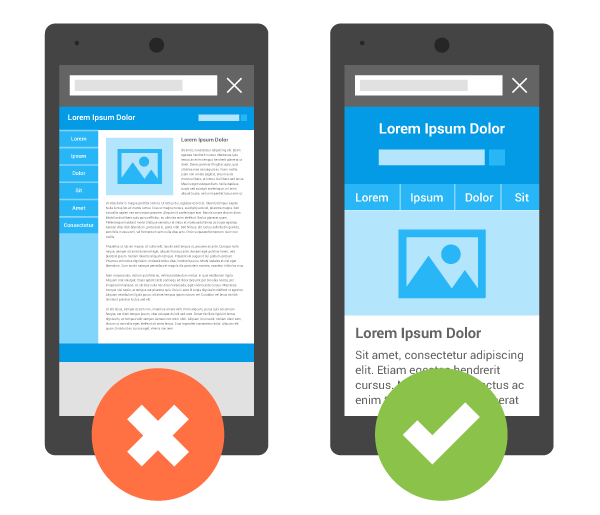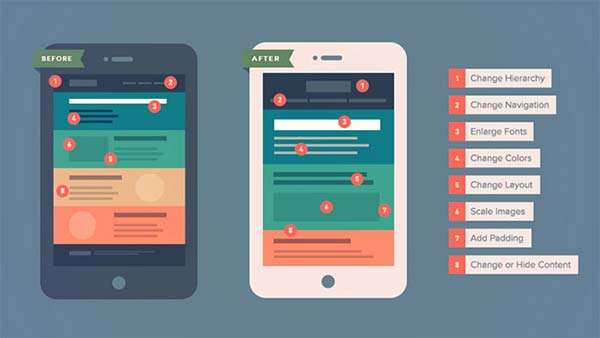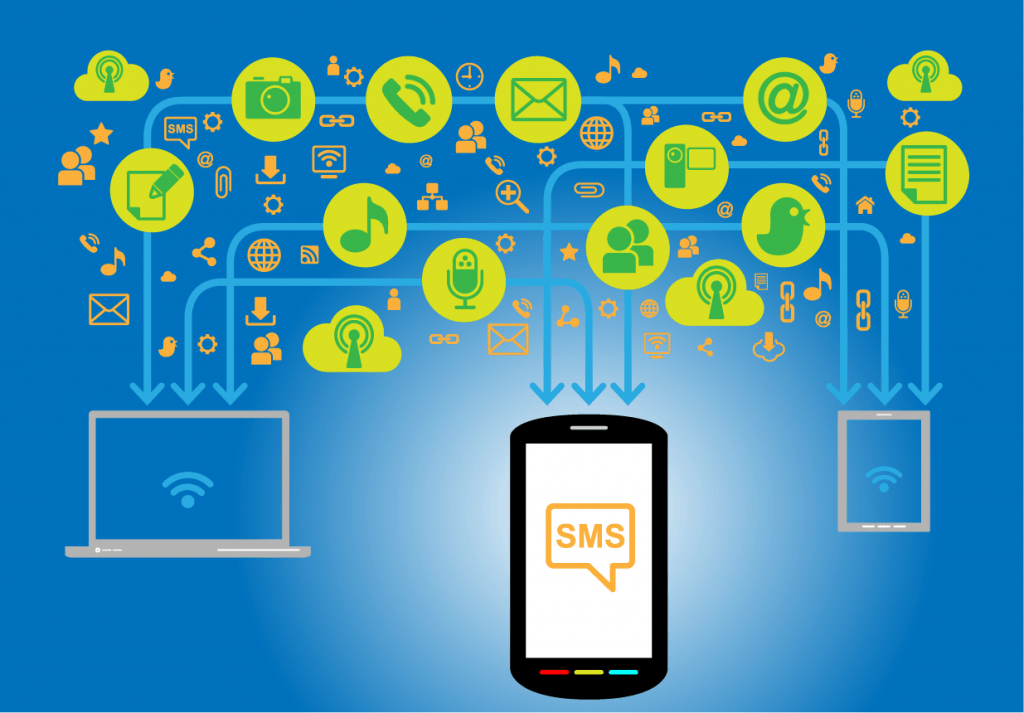Is your small business taking full advantage of the power of mobile marketing? You should be, because Americans are addicted to their smartphones, and show no sign of putting them down any time soon. Take these statistics from Deloitte’s 2016 Global Mobile Consumer Survey:
- More than 40 percent of Americans of all ages check their phones within five minutes of waking up.
- More than 30 percent of Americans of all ages check their phones within five minutes of going to sleep.
- Overall, Americans check their smartphones an average of 47 times per day; the 18-to-24-year-old crowd checks nearly twice as often—82 times a day.
And while 18-to-24-year-olds normally lead the pack in their use of mobile technology, Deloitte reports an interesting shift: Older demographics are even more tech-crazed than younger ones. Specifically, the 25-to-34-year-old group is twice as likely as 18-to-24-year-olds to say they are “early adopters” of technology; 44 percent report that they buy new technology as soon as it hits the market.
What does America’s increasing reliance on smartphones mean to your small business? With customers spending so much of their time on their phones, it only makes sense that your marketing message needs to be there, too. Here are five ways you can use mobile marketing to grow your business.

1. Develop a mobile-friendly website
If your site isn’t mobile-friendly, customers trying to view your website will get frustrated. Even worse, they may never find your website at all. That’s because Google modified its search algorithm last year so that mobile-friendly websites rank higher in results when searches are done on mobile devices. For best results, use responsive design so that your website will display correctly on all types of smartphones.

2. Send mobile-friendly emails
Emails are still one of the most effective marketing tactics for businesses of all sizes. No matter what age group, most people check their email at least once a day for both business and personal reasons. However, consumers increasingly use smartphones to check their email, which means your design and content must be simple and short enough to display clearly on a small screen.

3. Try text message marketing
The Deloitte study found that although email is still essential, people are using shorter forms of communication—specifically, instant messaging/text messaging—more often on their smartphones. No matter what age demographic, participants in the survey say their use of these short communication forms has increased in the past year. In addition, the majority of smartphone users check their texts before they do anything else on their phones.
You can build your SMS marketing list just like you do your email list. Promote it everywhere possible—on your website, in your marketing emails, via signage at your business, and by asking customers verbally if they’d like to sign up. Offering something in exchange for opting in, such as a discount or a free gift, will help you build a substantial list of SMS subscribers.
Because it’s so immediate (people tend to check texts as soon as they get them), SMS marketing is a great way to drive immediate demand for your business. For instance, if it’s a slow afternoon at your restaurant, you could text your customer list with a two for one lunch offer. Did a customer at your hair salon cancel an appointment at the last minute? No worries: Text your list about the opening, and chances are you’ll quickly fill it.

4. Look into location-based marketing
Location-based marketing goes one step beyond simple SMS marketing by using location info from customers’ smartphones to deliver targeted messages when customers are physically nearby. You can try “geo-fencing,” which sends messages to shoppers within a specific radius of your location. For instance, a customer walking down the street a few blocks away from your restaurant could get an offer for a free appetizer with purchase of a meal, good for the next few hours, to encourage him to come in. There’s also “geo-conquesting,” which sends messages to customers within a certain radius of your competitor’s location. Imagine: The customer is in your competitor’s store with a product in hand, when she gets an offer from you for 20 percent off at your store.

5. Provide mobile customer service
It’s not marketing per se, but using text messaging to manage customer service issues can help build your brand and boost customer loyalty. For instance, if your business sends products by mail, give customers the option to receive texts when their order ships and when it’s out for delivery. If you have a service business that visits the customer’s home, such as electrical repair, give customers the option to receive a text when the repair person is about to arrive. If your business is appointment-based, such as a dental office, ask customers if they’d like to receive appointment reminders by text—it can greatly reduce no-shows.
Mobile everything is the wave of the future, and by testing the mobile marketing waters now, your small business will be better prepared for success in the coming years.
Source: AllBusiness
